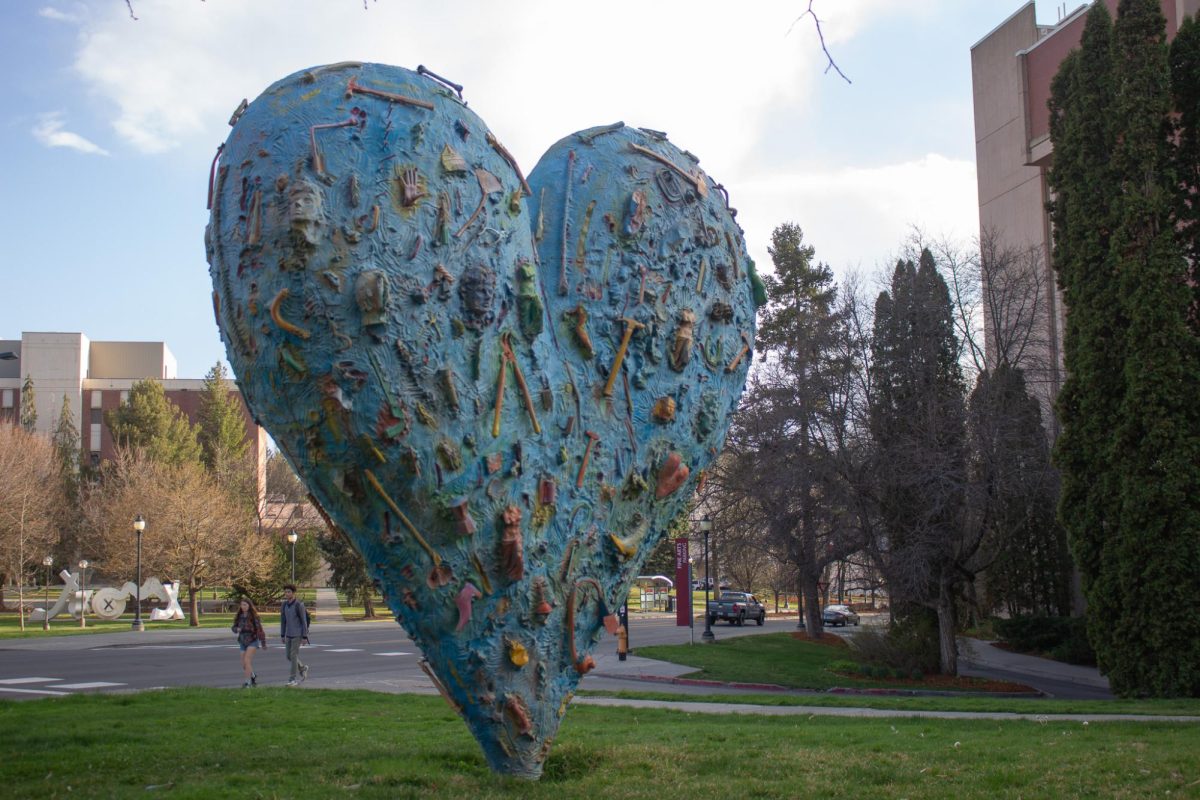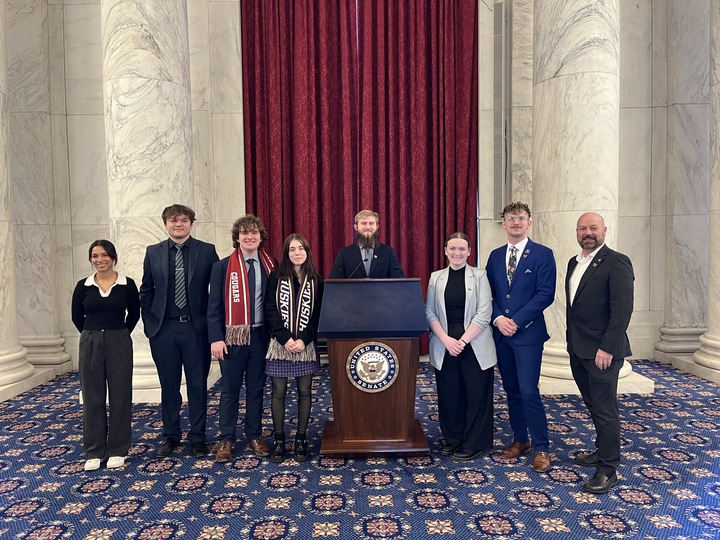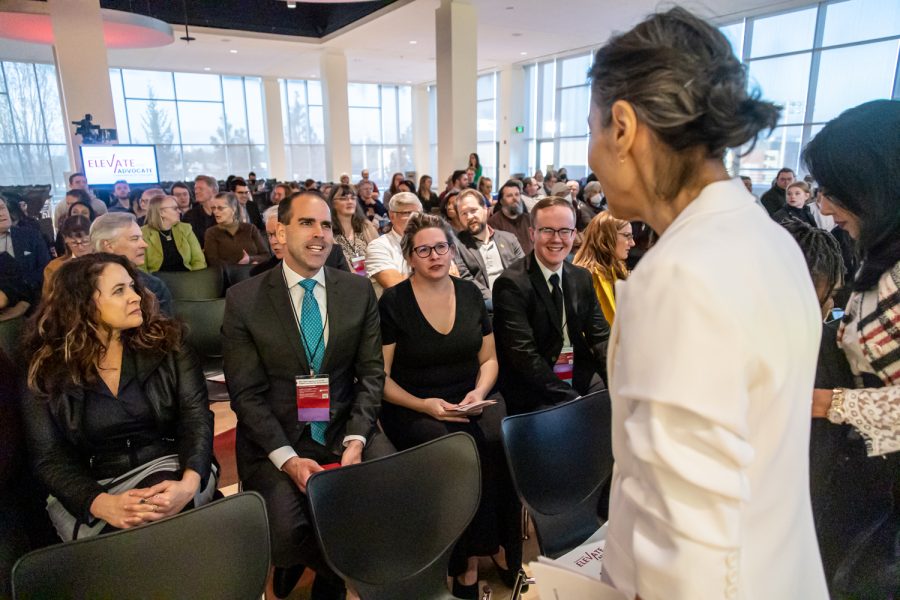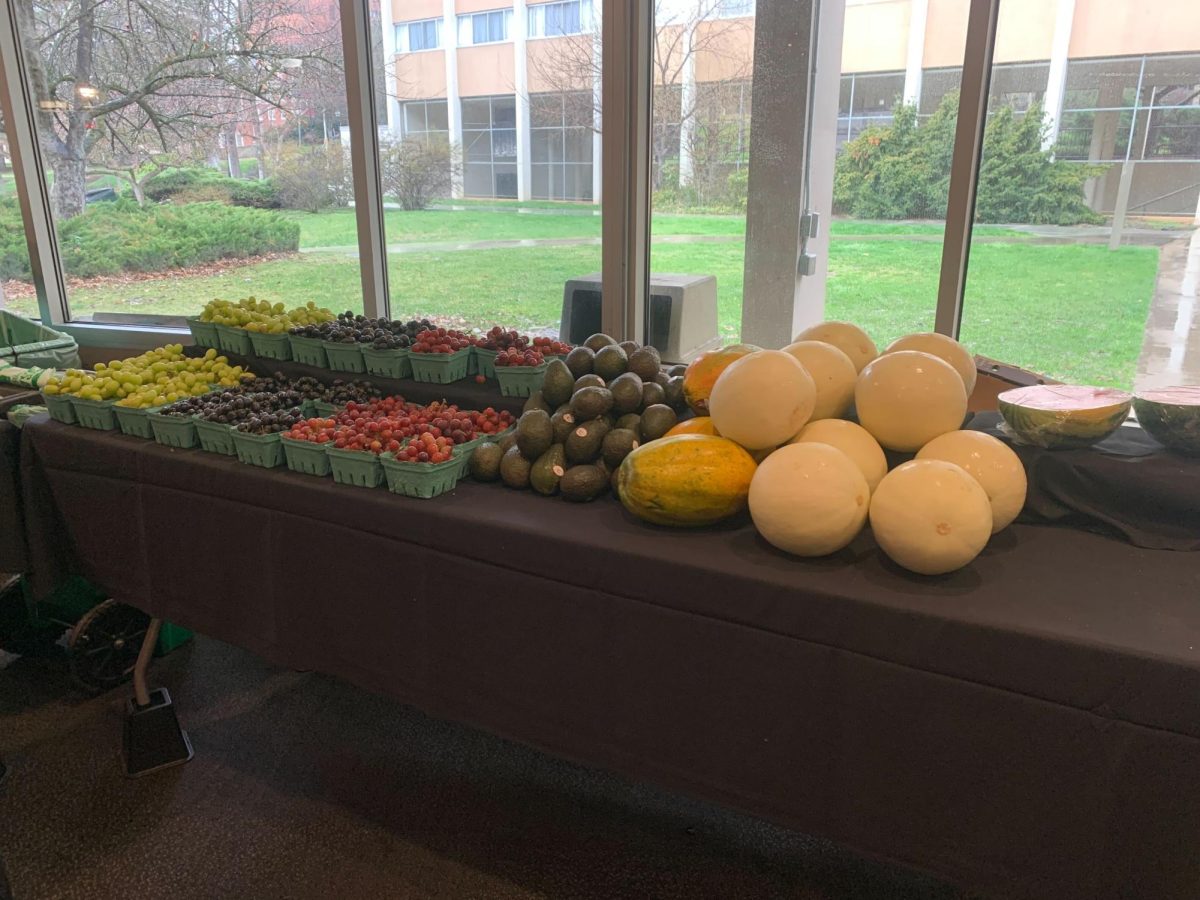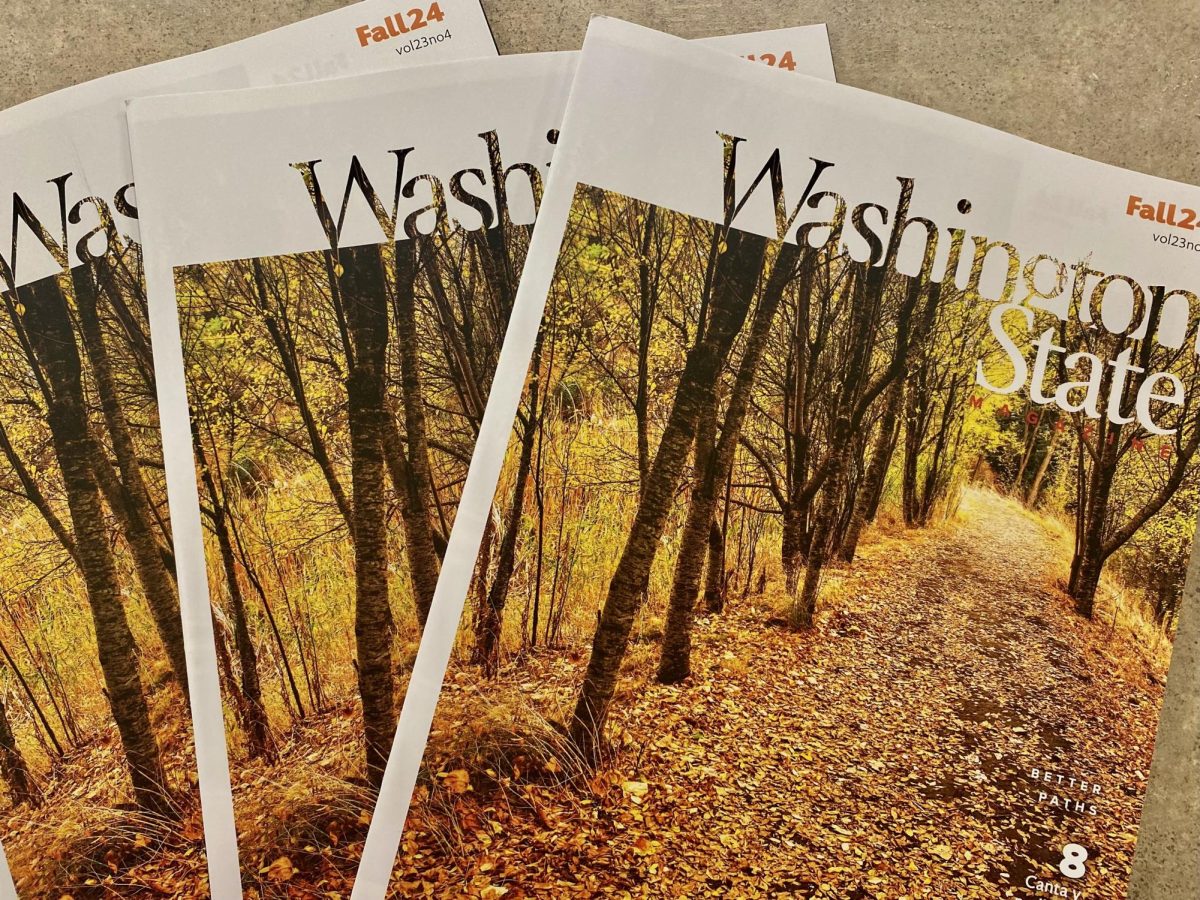Installed in 2004, the blue heart sculpture, better known as the Technicolor Heart, which can be seen from Stadium Way, was once a controversial art piece.
Ryan Hardesty, Jordan Schnitzer Museum of Art executive director, said the heart is made out of bronze with an oil enamel paint and was created by the artist Jim Dine.
“The heart was one of Jim Dines’ most well-known pieces, he has done hundreds of hearts from print to bronze sculptures. I believe that it represents his love for creativity and life,” Hardesty said.
The sculpture was highly controversial when it was first installed, with people either loving it or hating it, Hardesty said. People struggled to understand what the piece was about and many were confused on why a heart would be blue and have tools on it.
The Technicolor Heart was purchased by the Art in Public Places program for WSU, which is when money is generated by building a new building. A percentage of money must be taken off to be used for art, he said.
Hardesty said in terms of outdoor sculptures, there are approximately 20 placed around the WSU campus. When WSU wants a new piece of art, the campus art committee works alongside the Art in Public Places program to pick an artist, reach out to them, find a meaningful piece of art that works with the campus and then purchase the piece.
“My favorite part of my job is working with artists, to realize an exhibition, which is a part of their vision and their dreams, so it is a really rewarding aspect of my work,” Hardesty said.
Squeak Meisel, art department and sculpture coordinator chair, said the Technicolor Heart was borrowed for a year to go on a tour that visited different sculpture parks around the country. It traveled to cities such as St. Louis and people even got married by the heart.
When it was installed, people thought their money was spent on the heart and were not big fans of the piece itself, Meisel said. However, he thinks the heart has become a really neat part of campus.
“The percent for art is really awesome because it ensures that people have access to art, because as you can imagine, sometimes it is not considered a priority to have culture in spaces,” Meisel said.
Meisel said he works with a wide variety of media materials from casting metals and welding to wood and jello, whatever medium is appropriate for the art idea. He said that he enjoys working with students to help them understand how creative ideation works.
“Art is about making something that other folks don’t see so readily, become apparent,” Meisel said.


